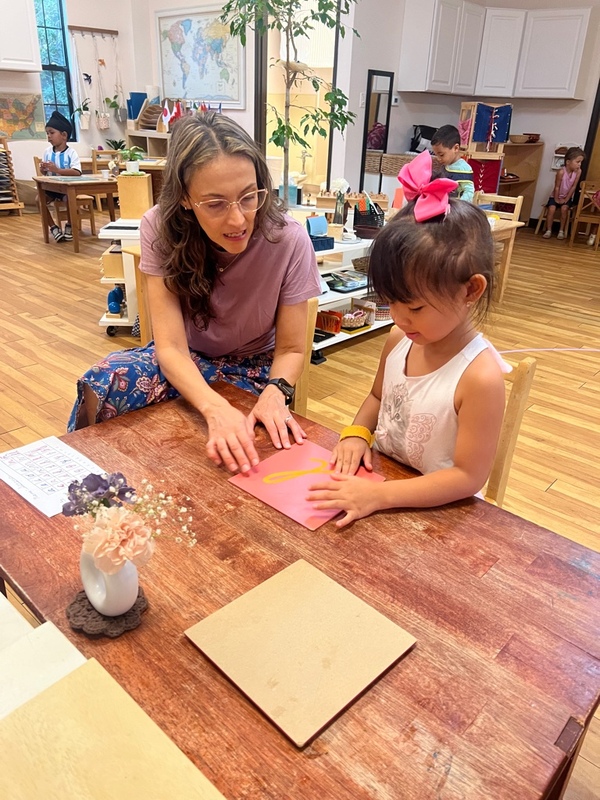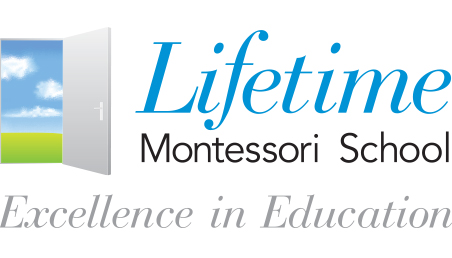(858) 759-0631
Montessori Transitional Kindergarten (MTK) is a specific type of Transitional Kindergarten (TK) program that integrates the Montessori educational philosophy. It offers a unique blend of early childhood education, combining the structured approach of TK with the child-centered, hands-on learning principles of Montessori.
Maria Montessori's work initially centered on early childhood development, primarily with children aged 3-6. This Children's House model naturally incorporated children of what we now consider Kindergarten age. A key element of the Montessori early childhood classroom is multi-age grouping, called the Three-Year Cycle. In this structure, the oldest children, those in their third year, around age 5-6, take on leadership roles, which reinforces their learning and develops social skills. This third year effectively serves a purpose similar to today's Kindergarten or Transitional Kindergarten (TK), but with an enhanced educational environment.
The concept of Transitional Kindergarten as a distinct program is a more recent development in some educational systems, particularly in the United States. It arose to address the needs of children who may be chronologically eligible for kindergarten but not yet developmentally ready for Elementary school. In essence, Montessori's 3-6 year program inherently provides a Kindergarten-like experience for the older children.
As the American Montessori Society notes, A Montessori Early Childhood classroom feels more like a home than a school. You won’t see desks, nor will a teacher stand at the front of the room delivering a lesson to the whole class. Instead, you’ll see children happily working individually or in small groups, at tables or on the floor near small mats that delineate their own space. These Montessori classrooms prepare children for Elementary school and beyond.
Key features of a Montessori primary through Kindergarten program, now often referred as a Montessori Transitional Kindergarten program, include:
- Montessori Philosophy: Emphasizes independence, self-directed learning, and respect for individual pace.
- Structured Approach: Offers a structured environment that focuses on academic preparation for Kindergarten.
- Mixed-Age Groups: Typically includes a mix of children aged 4 and 5, promoting social interaction, confidence, independence and peer learning.
- Hands-On Activities: Utilizes Montessori materials and activities to foster cognitive development and problem-solving skills.
- Strong Foundation for Kindergarten: Effectively and methodically prepares children for the academic challenges of Kindergarten.
- Social-Emotional Development: Fosters independence, self-discipline, and respect for others.
- Love of Learning: Cultivates a passion for learning and exploration.
- Individualized Attention: Allows children to learn at their own pace.
While Maria Montessori didn't specifically label this period Transitional Kindergarten, the philosophy and structure of her early childhood classrooms have consistently provided a developmentally appropriate bridge for children in this age range. Therefore, although the term TK is relatively new, Montessori education has long addressed the developmental needs of children in the years leading up to elementary school.

